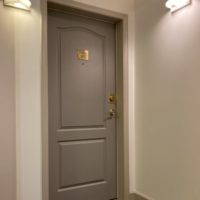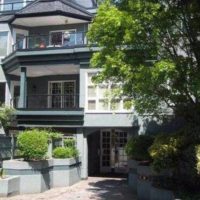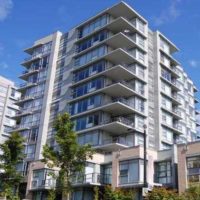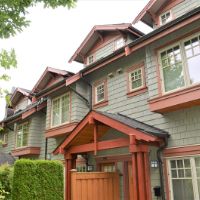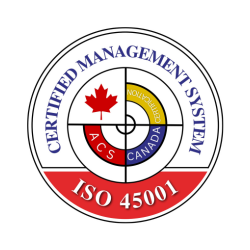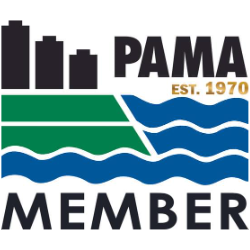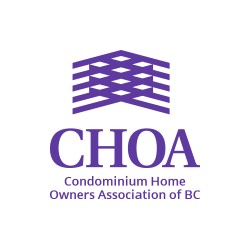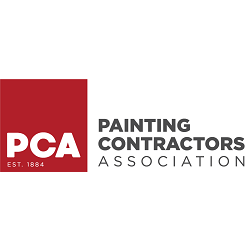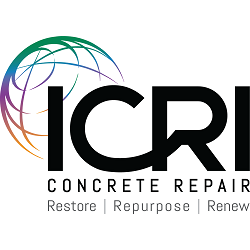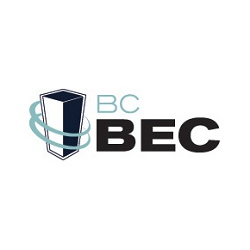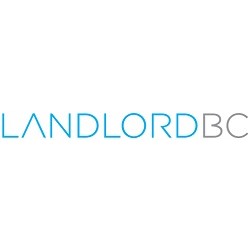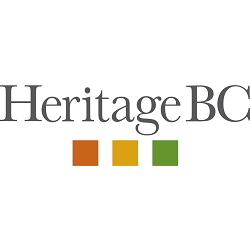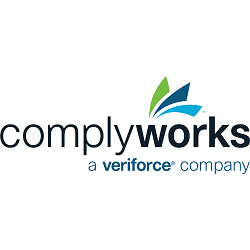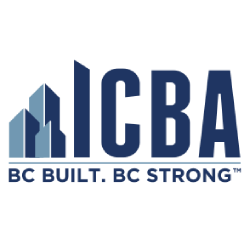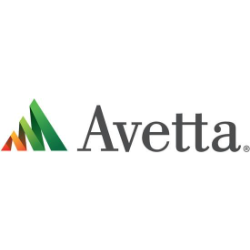Summary
In Vancouver’s wet coastal climate, the building envelope acts as the first defense against water, wind, and moisture. When neglected, small failures can quickly escalate into leaks, mold, rot, and costly structural repairs.
Regular envelope maintenance extends a building’s life, protects property value, improves energy efficiency, and supports occupant comfort. A proactive plan includes:
- Annual inspections to catch cracks, sealant failure, or surface wear.
- Sealant and caulking renewal around windows, doors, and joints.
- Membrane upkeep on balconies and waterproof surfaces.
- Exterior painting and coatings to provide vital moisture and UV protection.
- Partnering with experts such as Remdal, who understand Vancouver’s climate and high-rise systems.
Protecting Your High-Rise from the Elements
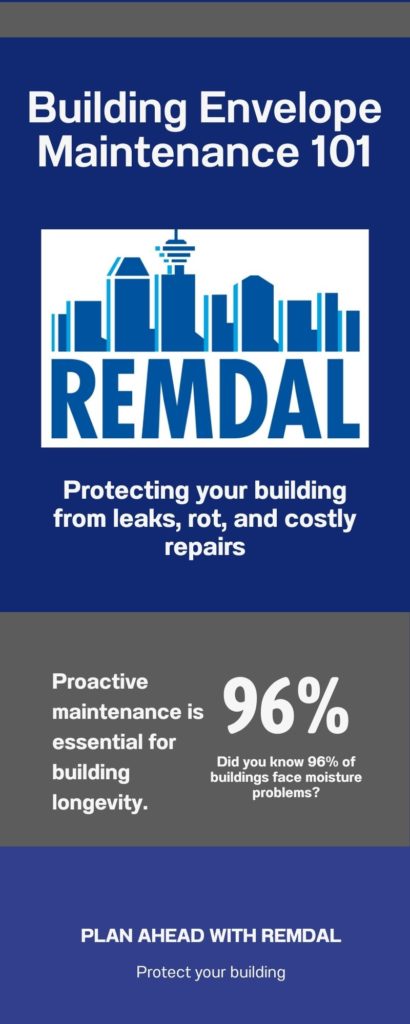
In Vancouver’s rainy, temperate climate, your building’s envelope is its first line of defense. This outer shell, including walls, windows, sealants, balconies, and coatings, keeps water, wind, and moisture from penetrating and damaging your property. But when neglected, even small failures can lead to major problems: leaks, rot, mold, and expensive structural repairs.
This guide offers high-rise strata councils, property managers, and building owners a foundational understanding of building envelope maintenance and proactive steps to preserve your property’s long-term value.
What Is the Building Envelope?
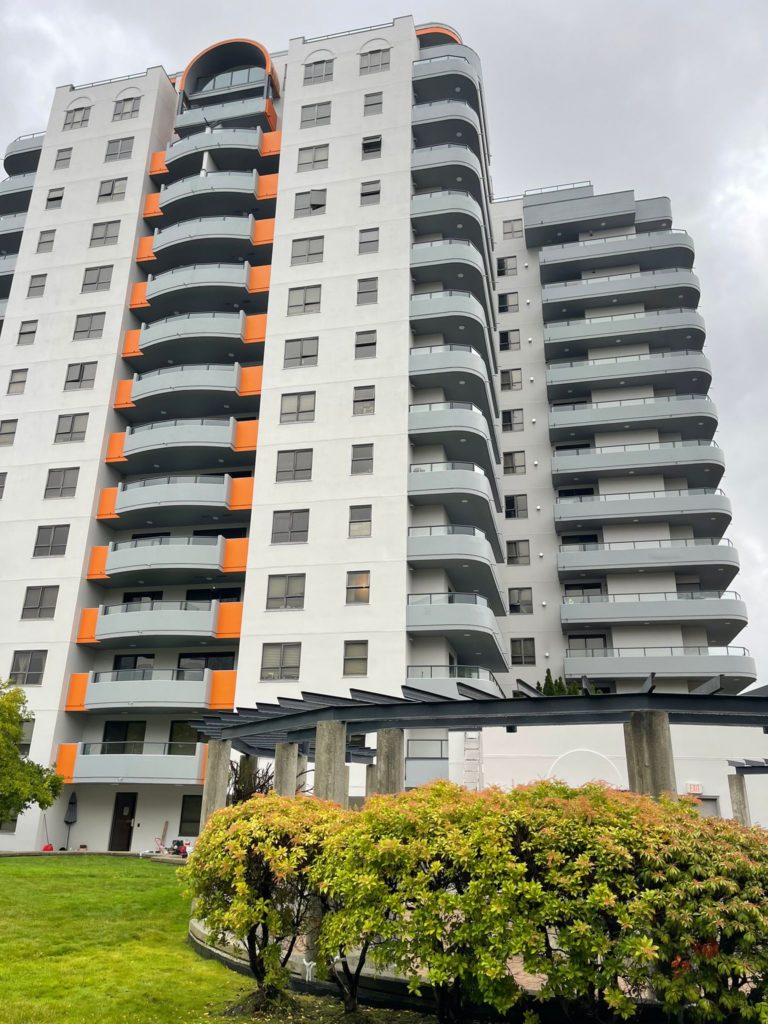
building envelope includes all exterior components that separate the indoor environment from the outside. In high-rise buildings, this typically consists of:
- Exterior walls and cladding (stucco, siding, or masonry)
- Balcony decks and membranes
- Caulking and sealants around windows and joints
- Roofs, overhangs, and flashing
- Paint or coating systems
When properly maintained, these elements work together to manage water flow, reduce energy loss, and maintain indoor comfort.
Why Building Envelope Maintenance Matters in Vancouver
Vancouver’s coastal climate brings persistent rainfall, damp winters, and seasonal temperature shifts. Over time, these conditions stress building materials. Tiny cracks in caulking or hairline fractures in concrete can allow moisture to enter. With repeated freeze-thaw cycles, small issues can rapidly escalate.
Preventive maintenance reduces your risk of costly restoration projects by addressing vulnerabilities early.
At Remdal, we’ve seen firsthand how proactive planning saves strata councils and building owners from significant future expenses. Our experienced teams understand the complexities of high-rise envelope systems in Vancouver’s climate, and we approach each project with technical precision and long-term thinking. Whether it’s identifying early signs of membrane failure or renewing critical sealants, we help clients make informed decisions and deliver consistent results.
It also:
- Extends the life of your building’s exterior
- Maintains your property’s appearance and value
- Supports occupant comfort and energy efficiency
- Ensures compliance with engineers and strata bylaws
Key Components of a Proactive Maintenance Plan
1. Routine Inspections
Schedule visual assessments at least annually. Focus on common problem areas like window perimeters, joints, balconies, and exposed cladding. Look for:
- Cracking or separation in sealants
- Discoloration or efflorescence (white staining)
- Peeling or blistered paint
- Signs of rust, corrosion, or material wear
2. Sealant and Caulking Renewal
Caulking around windows, doors, and penetrations degrades over time. As part of a regular renewal program, deteriorated sealants should be cut out and replaced with high-performance materials suited to Vancouver’s wet environment.
3. Waterproofing and Membrane Upkeep
Balcony membranes and other waterproof surfaces must be kept intact to prevent water ingress. Periodic re-coating and repairs should be scheduled according to manufacturer guidelines or engineering recommendations.
4. Exterior Painting and Coatings
Paint is more than a cosmetic feature. It plays a critical role in protecting the building envelope from environmental wear. High-quality coatings act as a moisture barrier, shielding underlying materials from UV damage, wind, and rain. Regular exterior painting ensures these protective layers remain effective, helping to prevent the need for more invasive repairs in the future. Remdal’s extensive experience with exterior surfaces ensures that your building receives both aesthetic enhancement and long-lasting protection.
How Remdal Can Help with a Proactive Maintenance Plan
Remdal takes a thorough, long-term approach to building envelope maintenance. We work closely with property managers, strata councils, and engineers to design practical maintenance strategies tailored to each building’s condition, age, and material profile. Our team can assist with:
- Detailed site evaluations and detailed condition reports
- Prioritization of repairs and phased planning for budget efficiency
- Professional execution by in-house crews trained in high-rise access and envelope systems
- Clear documentation and regular communication throughout the project
By partnering with Remdal, you gain a trusted team that not only responds to current concerns but also anticipates future needs. This helps you stay ahead of costly issues and maintain your building’s integrity.
Extend Your Building’s Life with Preventive Action
Waiting until leaks appear is a costly gamble. A well-maintained building envelope is a smart investment. It prevents surprises, preserves value, and protects your community.
Remdal has over 50 years of experience in high-rise envelope renewal across Metro Vancouver. Our team offers trusted guidance, skilled crews, and proactive solutions tailored to your building’s needs.
Your Building. Protected Right.
FAQ – Building Envelope Maintenance for Vancouver High-Rises
A building envelope includes all exterior components of a high-rise that separate the interior from the outside, such as walls, windows, balconies, roofs, sealants, and coatings. It protects the structure from weather and moisture intrusion.
A thorough budget includes costs for surface preparation, repairs, access equipment, project management, and communication. Itemized quotes from experienced contractors help ensure transparency.
Vancouver’s wet climate accelerates wear on building materials. Without proper upkeep, small issues like sealant cracks or membrane failures can lead to major problems such as leaks, mold, and costly structural repairs.
High-rise strata councils and property managers should schedule visual inspections at least once a year. Focus on areas like window caulking, balcony membranes, and exterior wall finishes.
Watch for cracked or separated caulking, peeling paint, water staining, white residue (efflorescence), rust, or damaged membranes. These are early warning signs of potential water ingress.
Sealants around windows, doors, and joints should be checked and renewed regularly. Old, deteriorating caulking must be fully removed and replaced with weather-appropriate, high-performance materials.
Balcony membranes prevent water from penetrating the building’s structure. These surfaces require regular inspection and scheduled recoating or repair to ensure long-term performance.

